What Is the Fear and Greed Index? Guide for Stocks & Crypto
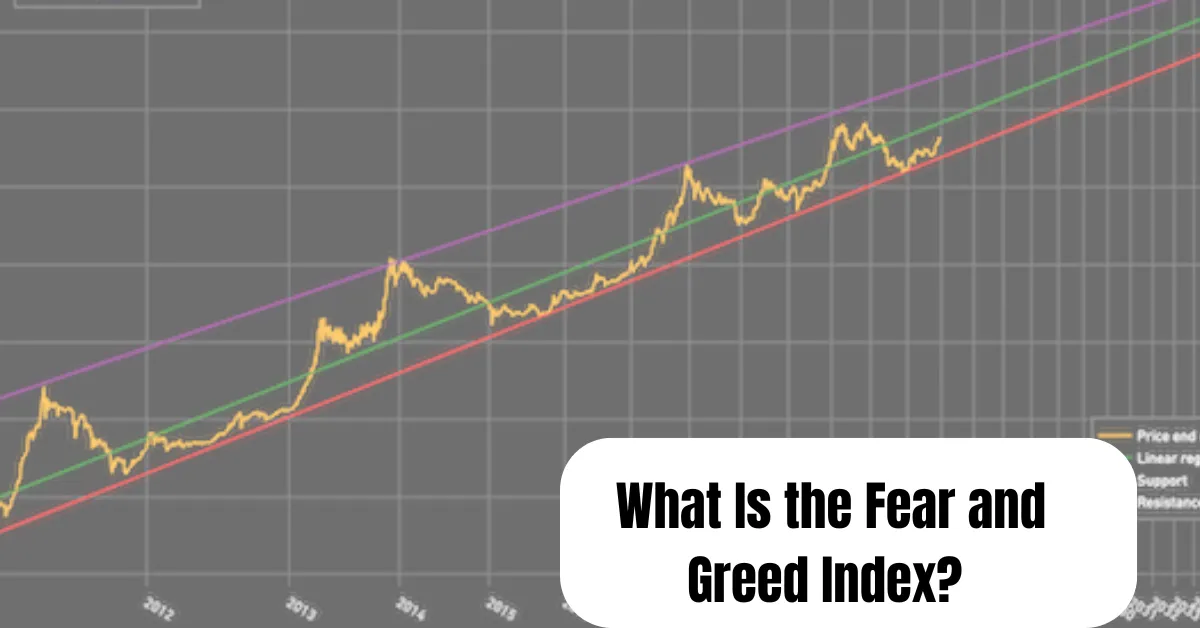
The Fear and Greed Index is like a mood ring for the stock market and crypto. It measures how investors are feeling—are they scared (fear) or excited (greed)? The idea is that when people are too fearful, stocks or crypto might be cheap. But when everyone’s greedy, prices might be too high. In this guide, we will explain how each one works simply. Plus, we will show you how you can use this tool when you are thinking about buying, selling, or holding your investments. Ready?
How Does the Fear and Greed Index Work?
The Fear and Greed Index is scored from 0 to 100:
0-24 = Extreme Fear (People are panicking)
25-44 = Fear (Nervous, but not full panic)
45-55 = Neutral (Market is calm)
56-75 = Greed (People are buying a lot)
76-100 = Extreme Greed (Everyone’s FOMO-buying)
Low score (fear) = People are scared. Stocks or crypto might be underpriced.
High score (greed) = People are excited. Prices might be too high.
Middle score (neutral) = Prices are probably fair.
The Fear and Greed Index score is based on seven things in the stock market:

1. Market Momentum
This checks how strong the market is.
If the S&P 500 is higher than its 125-day average → Greed
If it’s lower → Fear
2. Stock Price Strength
This looks at how many stocks are at their highest or lowest points in the past year. If more stocks are reaching new highs, that means people are excited. If more stocks are hitting lows, it means people are nervous.
More stocks hitting 52-week highs → Greed
More hitting 52-week lows → Fear
3. Stock Price Breadth
This one checks how much money is being traded. More trading usually means excitement (greed). Less trading shows fear and worry.
If trading volume is rising → Greed
If volume is dropping → Fear
4. Put and Call Options
If more people are buying puts, they’re scared. If they’re buying calls, they’re hopeful.
More people are buying “put” options (betting prices will fall) → Fear
More buying “call” options (betting prices will rise) → Greed
5. Market Volatility (VIX)
VIX is a tool that checks how “bumpy” the market is. If it is jumping up and down a lot, that shows fear. If it’s calm, that shows people are confident.
If the VIX (a fear gauge) is rising → Fear
If it’s falling → Greed
6. Safe Haven Demand
When people get scared, they buy safer things like government bonds instead of stocks. If bonds are doing better than stocks, it means people are being careful (fear). If stocks are doing better, people are being bold (greed).
If investors buy more bonds (safe) than stocks (risky) → Fear
If they buy more stocks → Greed
7. Junk Bond Demand
Junk bonds are risky.
If risky junk bonds are in demand (low yield difference) → Greed
If investors avoid them (high yield difference) → Fear
What About the Crypto Fear and Greed Index?
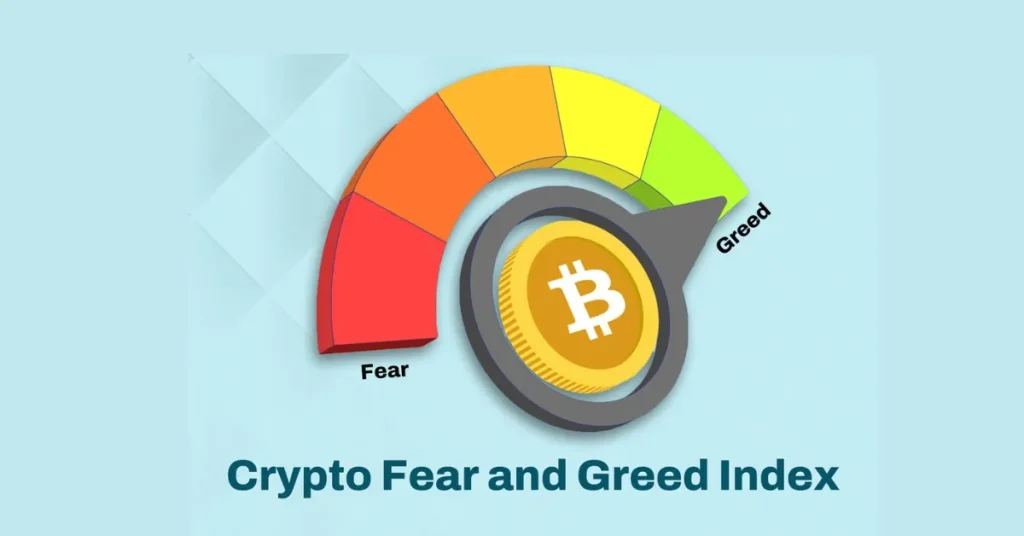
There is also a Fear and Greed Index just for cryptocurrencies like Bitcoin! It works a bit differently, but it still tries to measure feelings.
Here are some of the things it checks:
- Volatility – Big price swings = fear.
- Market volume – Lots of buying = greed.
- Social media activity – Many tweets and posts = excitement.
- Bitcoin dominance – If people are sticking with just Bitcoin, they’re playing it safe = fear.
- Google searches – More people searching “Bitcoin” = interest = greed.
Real Examples:
January 2024: The Fear and Greed Index hit Extreme Greed (score 76) because people were excited about a possible Bitcoin ETF.
July 2024: The index dropped to Extreme Fear because Mt. Gox (a dead exchange) started giving back Bitcoin, and the German government sold lots of BTC—people got nervous!
What About Crypto? How’s Its Fear & Greed Index Calculated?
Great question! It’s kind of the same idea, but because the crypto market is somewhat different from the stock market, they kind of look at slightly different things to see how the mood is:
- Volatility: Big, sudden swings in crypto prices can often signal a fearful market, affecting the crypto Fear and Greed Index.
- Market Volume: If people are consistently buying a lot, it can suggest a greedy market on the Fear and Greed Index scale.
- Social Media and Surveys: Buzz on social media and surveys can give a sense of overall excitement (greed) or worry (fear). Lots of positive posts and hashtags might indicate growing interest and greed.
- Bitcoin Dominance: This is the percentage of the total cryptocurrency market that Bitcoin makes up. If Bitcoin’s dominance goes up, it can sometimes mean there’s fear in the market. Why? Because investors might be selling off riskier altcoins and flocking to the relative safety of Bitcoin.
- Google Trends Data: They even look at how often people are searching for Bitcoin-related terms. Spikes in certain search queries can sometimes correlate with the crypto Fear and Greed Index.
How Can You Use the Fear and Greed Index?
You can use the Fear and Greed Index tool in two smart ways:
1. Understand Your Own Feelings
If you want to sell everything when the index is super low, stop and think:
Are your stocks really bad now? Or are you just scared because everyone else is?
The same goes if the index is super high and you want to buy more—are you being too excited just because the market is hot?
Knowing how you feel helps you make better decisions.
2. Spot Good Times to Buy
If you are a value investor (someone who looks for good deals), you might want to buy when the Fear and Greed Index is low and people are scared.
If you are a short-term trader, you might look to buy when the Fear and Greed Index is high and the market is rising, but only if you have tools like stop-losses to protect you.
Pros and Cons of Using the Index
Pros:
- The Fear and Greed Index helps you see how investors are feeling.
- It can support other research you do.
- Works with lots of investing styles.
Cons:
- It looks at past data, not the future.
- You shouldn’t use the Fear and Greed Index all by itself. Always look for more info before making big moves.
What Makes the Fear and Greed Index Go Up and Down?
Just like our own moods, lots of different things can affect whether investors are feeling fearful or greedy. Here are some of the big ones:
- Market News and Events: Big news can have a huge impact. Think about government regulations on crypto, security breaches, exciting new tech in blockchain, or even just how the overall economy is doing. These can all swing the Fear and Greed Index.
- Price Swings: If prices shoot up quickly, people can get FOMO (fear of missing out) and become greedy, jumping in to try and make a quick buck. On the other hand, sudden price crashes can lead to fear.
- Global Economic Conditions: What’s happening with interest rates, inflation, and the general health of the world economy can play a big role. If things look shaky, investors might become more risk-averse (fear), which affects the Fear and Greed Index.
- Technological Breakthroughs: New advancements in blockchain or innovative breakthroughs in the operation of crypto can get people greedy and excited, impacting the Fear and Greed Index.
- Influencers and the Media: What celebrities do or say, and how the media reports things, can affect investor sentiment and public opinion. Positive endorsements can fuel greed, while negative news can cause fear.
- Market Shenanigans: Unfortunately, things like pump-and-dump schemes or big players (whales) making large trades can also manipulate sentiment, altering the Fear and Greed Index.
Are There Any Downsides to Using the Fear and Greed Index?

Just like any tool, the Fear and Greed Index is not perfect. Here are some cons to keep in mind:
- It’s Not a Crystal Ball: While some of the things it looks at (like options) are intended to be forward-looking, the Fear and Greed Index itself is based on what has already happened. Sentiment can change on a dime, and the index will only reflect that change after it occurs.
- Don’t Get Too Attached: It is easy to over-speculate on the Fear and Greed Index, but it is more useful as part of the picture. For instance, just because the index is low, it doesn’t necessarily mean it’s a good time to purchase a specific stock. The company itself might have some serious problems!
Final Thoughts
The Fear and Greed Index is a mood ring for the crypto or stock market. It will not inform you as to what happens next, but it might give insight into others’ moods.
Use the Fear and Greed Index as a compass, not as a rulebook. Use it together with good research, and it will help you make better choices when you are emotional.
Read More:
Frequently Asked Questions – Fear & Greed Index
1.What is a high number on the Fear and Greed Index?
A high number is between 55 and 100. This means people are feeling very greedy and are buying a lot in the market.
2.What is a low number on the Fear and Greed Index?
A low number is between 0 and 45. This means people are scared and are not buying much in the market.
3.How often does the Fear and Greed Index change?
The Fear and Greed Index changes on trading days. It updates when new market data is available.
4.Can the Fear and Greed Index tell the future of the market?
Not exactly. The Fear and Greed Index shows how people feel right now. But when the number is very high or very low, sometimes the market changes direction afterward.



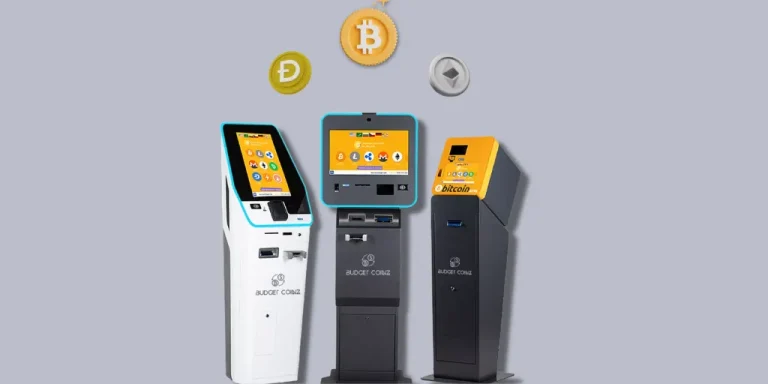
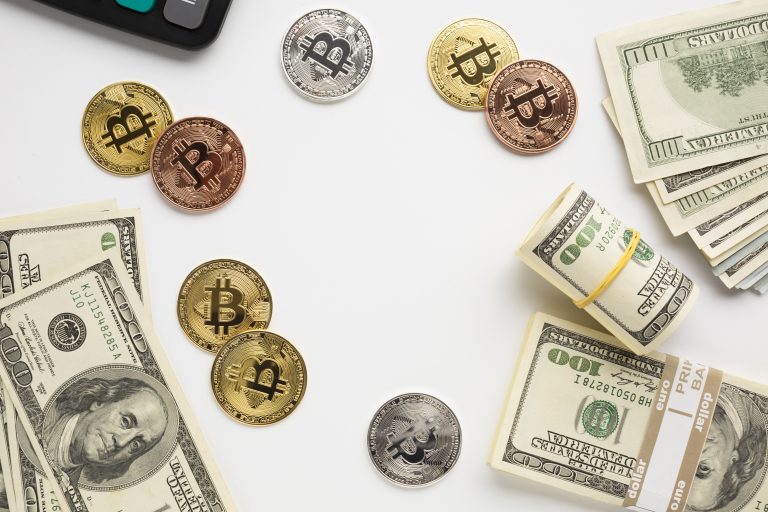
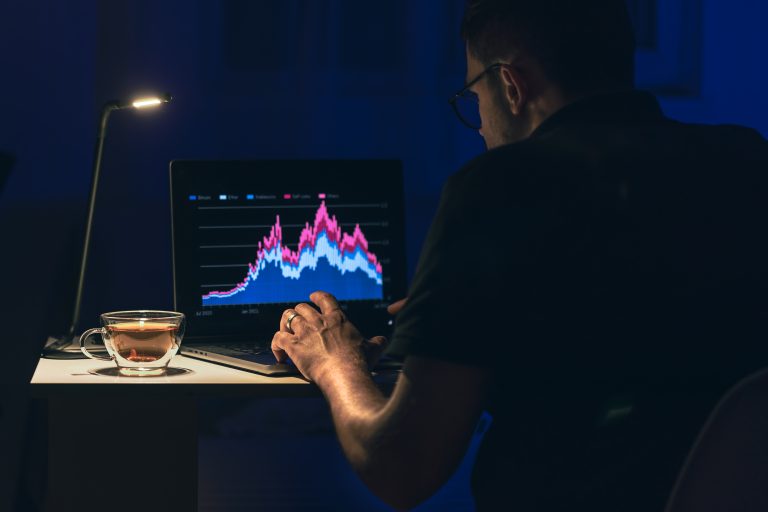





2 Comments